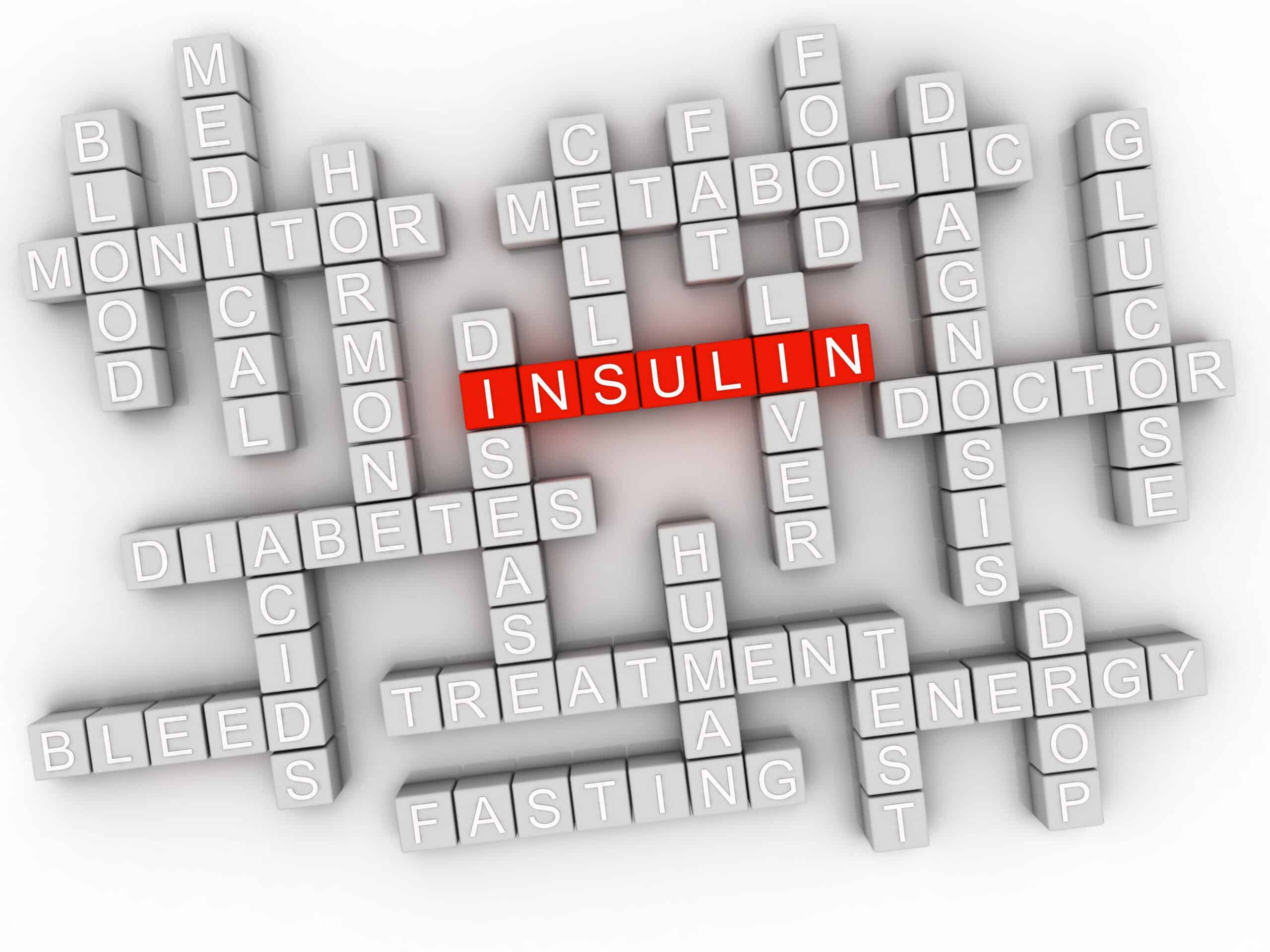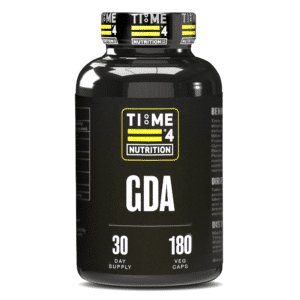What Is The Best Glucose Disposal Agent (GDA)?
What Is The Best Glucose Disposal Agent (GDA)?
What Is The Best Glucose Disposal Agent (GDA)?
(Click on Nutritional Terms and Reference Numbers in Blue for More Info)
Carbohydrate, along with protein and fat, is classed as a macronutrient. This means that we need to consume these important nutrients in large amounts. Yet, we live in a time when people have become fearful of carbohydrate and perhaps even ‘carbophobic’. This is often due to misconceptions about carbohydrate being propagated by the media.
A common misconception is that bodybuilders live on a high protein diet devoid of carbohydrates. Although they tend to consume higher levels of protein and may reduce their carbohydrate intake prior to competition, they typically consume a balanced diet containing the various food groups including carbohydrate. For example, the 8-time Mr Olympia winner Ronnie Coleman is reputed to have consumed more than 400g of carbohydrate per day.
While it is true that the high consumption of processed carbohydrates and sugar is related to development of various health issues including obesity and diabetes, it is from the breakdown of carbohydrate that we obtain Glucose, the body’s preferred fuel. This is the predominant energy source for high intensity activities lasting from 30-seconds to approximately 90-120 seconds, such as performing a set of 8-20 repetitions of a resistance exercise at a high intensity, or 30 second maximal sprints. It also plays a major role in fuelling endurance activities.
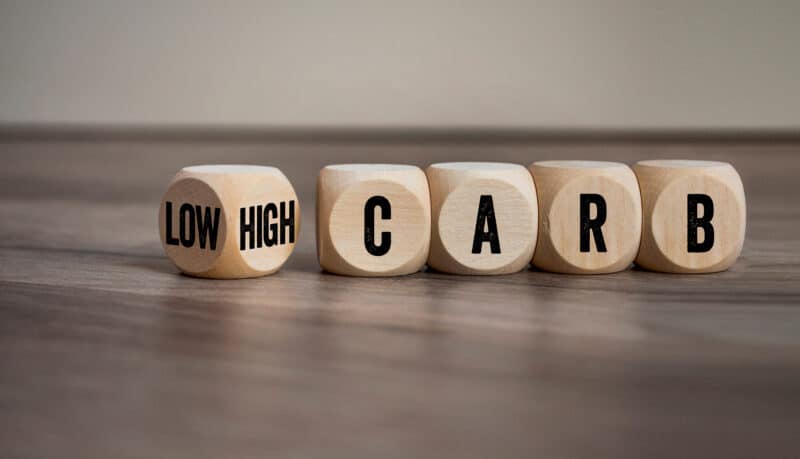
In order for carbohydrate to fuel exercise and to prevent it from contributing to our fat stores, we need to ensure that it is metabolised effectively by the body. This is where Time 4 GDA (glucose disposal agent) can make a valuable contribution to your nutrition strategy. This potent combination of natural substances is designed to aid the uptake of glucose from the blood stream into the muscle tissue where it can be used immediately to fuel activity, or can be stored in the muscles and liver as Glycogen to provide energy when needed later.
Time 4 GDA increases muscle cells sensitivity to Insulin, thereby, reducing the need for high levels in the blood and helping to ensure that the carbohydrate we consume is used as fuel for activity, rather than stored as body fat, and so potentially enhancing performance, recovery, and Body Composition.
Reducing the amount of glucose and insulin in the blood can provide many health benefits, as sustained high levels are related to a variety of serious health problems:
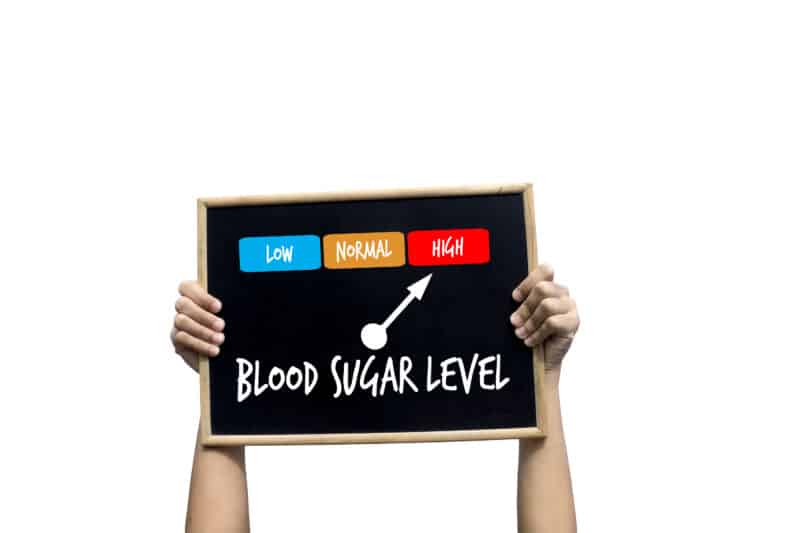
Complications of long-term high blood glucose levels include:
- Cardiovascular disease
- Nerve damage (neuropathy)
- Kidney damage (diabetic nephropathy) or kidney failure
- Damage to the blood vessels of the retina (diabetic retinopathy), potentially leading to blindness
- Clouding of the normally clear lens of the eye (cataract)
- Feet problems caused by damaged nerves or poor blood flow that can lead to serious skin infections, ulcerations, and in some severe cases, amputation
- Bone and joint problems
- Teeth and gum infections
Complications of long-term high blood insulin levels include:
- Higher triglyceride levels
- High uric acid
- Hardening of the arteries (atherosclerosis)
- Weight gain
- Hypertension
- Type 2 diabetes
What Is The Best Glucose Disposal Agent (GDA)? – Why use Time 4 GDA?
Here at Time 4 Nutrition, we pride ourselves on employing the findings of latest cutting-edge research to produce the most effective and innovative products. In this article, we are going to highlight some of that research and explain how there’s a lot more to Time 4 GDA than the name suggests.
How will Time 4 GDA benefit me?
The key ingredients of Time 4 GDA have been shown scientifically to provide a number of benefits for health and performance.
These include:
- Improved skeletal muscle metabolism during exercise (1)
- Reduced body fat levels (2,3,4,5)
- Reduced Muscle Atrophy (6)
- Reduced Oxidative Stress (7)
- Reduced LDL (bad) Cholesterol (5,8)
- Reduced Triglycerides (9)
- Reduced Insulin Resistance (10)
- Reduced inflammation (11)
- Improved Glycaemic Control (3,4,11,12,13)
- Improved Leptin levels (10)
- Improved Blood Lipid profile (2,8)
- Lower blood pressure (14)
- Improved mood (15)
What Is The Best Glucose Disposal Agent (GDA)? – What’s in Time 4 GDA?
Time 4 GDA is a specially formulated blend of Berberine , Sutherlandia Frutescens, Kalahari Bitter Melon Extract, Gymnema Sylvestre Extract, Black Pepper (95% Piperine), Cinnamon Bark Extract , Chromium Picolinate.
As we look at each of these ingredients in-depth, and the research that supports their inclusion, you’ll begin to see why Time 4 GDA is such a great product and how it may benefit you.

What Is The Best Glucose Disposal Agent (GDA)? – What is Berberine?
Berberine is a substance found in several plants including European barberry, goldenseal, goldthread, Oregon grape, phellodendron, and tree turmeric. It has been used as a traditional medicine to treat a variety of conditions and is particularly effective at lowering blood sugar levels. This is believed to be due to a number of mechanisms. Specifically, berberine is believed to improve insulin sensitivity and reduce glucose production in the liver. In fact, it has been compared to the type 2 diabetes medication, Metformin, as it exhibited exactly the same effects on blood glucose, but with additional anti-obesity and anti-inflammatory properties. The potent anti-diabetic properties of berberine are due to improved function of beta-cells in the pancreas, prompting the release of insulin, lowering lipid levels and regulating glucose and lipid metabolism.
Berberine has also been shown to decrease oxidative stress, LDL (bad) cholesterol, triglycerides, and insulin resistance, and improve mood.
What does the science say about Berberine?
A review by Yin et al., (16), which examined the use of traditional Chinese medicine in the treatment of metabolic syndrome, the medical term for a combination of diabetes, high blood pressure and obesity, highlighted berberine’s hypoglycaemic and anti-obesity and anti-dyslipidaemia effects. The authors suggest berberine’s action mechanism is related to the, stimulation of glycolysis, and the activation of the AMPK pathway. This is one of the master regulators of cellular metabolism. AMPK activation enhances glucose uptake into cells and inhibits intracellular glucose production. Impairment of AMPK activity has been shown to be present in diabetes. Medications used in the treatment of diabetes, such as Metformin, are also known to act through regulation of AMPK. In addition, the authors noted that berberine helps to suppress the development of fat cells and low-density lipoprotein (LDL) receptor expression.
Zhang and colleagues (17) conducted a randomised control to investigate the treatment of type 2 diabetes and dyslipidaemia with berberine. One hundred sixteen patients with type 2 diabetes and dyslipidaemia were randomly allocated to receive berberine and the placebo for 3 months. The results showed that fasting and postload plasma glucose, HbA1c, triglyceride, total cholesterol and low-density lipoprotein-cholesterol were reduced significantly in the berberine group. The authors concluded that berberine is effective and safe in the treatment of type 2 diabetes and dyslipidaemia.
A study by Hu and colleagues (2) investigated the lipid lowering effects of berberine. The results showed that supplementation with berberine for a period of 12 weeks produced average weight loss of 5 lb (2.26kg) in obese subjects, and significantly reduced blood lipid levels (23% decrease of triglyceride and 12.2% decrease of cholesterol levels) with no adverse reactions.
A review by Pang et al., (18) on the application of berberine (BBR) for treating type 2 diabetes mellitus highlighted the effects of BBR on glucose metabolism. These include improving insulin resistance, promoting insulin secretion, inhibiting gluconeogenesis in liver, stimulating glycolysis in peripheral tissue cells, modulating gut microbiota, reducing intestinal absorption of glucose, and regulating lipids.

What Is The Best Glucose Disposal Agent (GDA)? – What is Kalahari bitter melon extract?
Bitter melon is a plant found in parts of Africa, Asia, the Caribbean, and South America. It produces a fruit that looks like a cucumber, which is used as both a food and a traditional medicine. It has long been used by indigenous populations around the world to help treat diabetes-related conditions, as it has been shown to reduce blood sugar levels by decreasing the uptake of glucose by the gut while increasing the uptake and use of glucose by the tissues of the body.
What does the science say about Kalahari bitter melon extract?
Alam et al., (4) suggest that the extract of bitter melon showed strong antioxidant and hypoglycaemic activities and has a potential therapeutic benefit in diabetes and obesity related metabolic dysfunction. These beneficial effects are mediated probably by inducing lipid and fat metabolising gene expression and increasing the function of AMPK.
A review by Yin and colleagues (16) also highlighted bitter melon’s ability to reduce blood glucose and lipids in both normal and diabetic animals. The authors further suggest that it may protect the beta cells of the pancreas that are responsible for secreting insulin, enhance insulin sensitivity and reduce oxidative stress.
The benefits of bitter melon go beyond reducing blood glucose levels. Cortez-Navarrete et al., (19) conducted a randomized, double-blinded, placebo-controlled, clinical trial in 24 patients who received bitter melon or placebo for 3 months. The results showed that in the bitter melon group there were significant decreases in weight, body mass index (BMI), fat percentage, waist circumference (WC), haemoglobin A1c and blood glucose levels. These were accompanied by a significant increase in insulin secretion.

What Is The Best Glucose Disposal Agent (GDA)? – What is Sutherlandia frutescens?
Sutherlandia frutescens is a southern African legume which has traditionally been used as an indigenous medicine for a variety of ailments. It has been shown to possess analgesic, anti-inflammatory, and hypoglycaemic properties, which supports its use in the management of type-2 diabetes mellitus and the control of painful, arthritic and other inflammatory conditions. It has been shown to normalise insulin levels and glucose uptake in peripheral tissues whilst suppressing glucose uptake in the gut, with no weight gain in prediabetic subjects. In healthy individuals, it has been shown to enhance glucose uptake into muscle tissue and blunt gluconeogenesis, thereby sparing muscle during a low carb diet.
What does the science say about Sutherlandia frutescens?
Chadwick and colleagues (20) investigated the effects of Sutherlandia frutescens in reducing blood glucose levels and promoting glucose uptake in pre-diabetic rats. The results of the study showed that those rats receiving Sutherlandia frutescens displayed normal insulin levels, after 8 weeks, compared to the controls. There was a significant increase in glucose uptake into muscle and adipose tissue, and a significant decrease in intestinal glucose uptake in rats receiving the plant extract. The authors concluded that Sutherlandia frutescens shows promise as a type 2 anti-diabetes medication due to its ability to normalise insulin levels and glucose uptake in peripheral tissues and suppress intestinal glucose uptake, with no weight gain.
Like bitter melon, the benefits of Sutherlandia frutescens go beyond reducing blood glucose levels. A review by van Wyk and Albrecht (21) noted that Sutherlandia frutescens has a wide diversity of uses in traditional medicine, including poor appetite, indigestion, stomach complaints, dysentery, colds, influenza, kidney conditions, fever, diabetes, internal cancers, uterine troubles, liver conditions, backache, rheumatoid arthritis, urinary tract infections, stress and anxiety, dropsy and heart failure. Externally it is applied to haemorrhoids, inflamed wounds and eye infections. Recent in vitro and in vivo studies have shown antiproliferative (suppress cell growth), anti-HIV, anti-diabetic, anti-inflammatory, analgesic, antibacterial, anti-stress, anticonvulsant and antithrombotic activities. The authors note that results of animal studies, as well as a phase I clinical study, have shown no indications of toxicity.
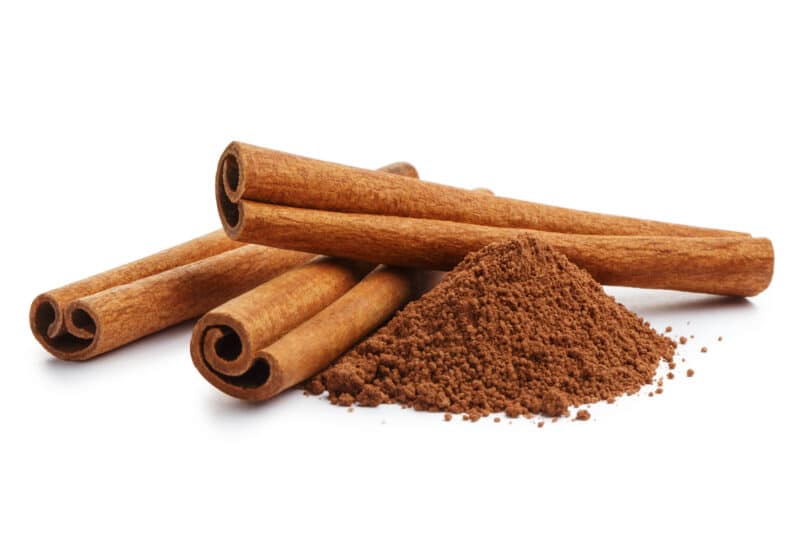
What Is The Best Glucose Disposal Agent (GDA)? – What is Cinnamon?
Cinnamon is most commonly known as a spice. Extracts from the bark of the cinnamon tree have also been used traditionally as medicine throughout the world. It provides many health benefits including reducing insulin resistance, decreasing the amount of glucose that enters the bloodstream after a meal and improving glucose uptake by the cells. In its various forms, cinnamon has long been marketed around the world as a treatment for obesity, diabetes and dyslipidaemia.
What does the science say about Cinnamon?
Medagama (12) reviewed 8 clinical trials that used Cinnamon in various forms for a duration of 40 days to 4 months on patients with diabetes as well as 2 clinical trials that used cinnamon on treatment patients with pre-diabetes. The results showed an improvement in glycaemic control in patients who received Cinnamon as the sole therapy for diabetes, those with pre-diabetes (IFG or IGT) and in those with high pre-treatment HbA1c. In animal models, cinnamon reduced fasting and postprandial plasma glucose and HbA1c.
A clinical trial by Khan et al., (22) and colleagues investigated the effects of cinnamon on blood glucose, triglyceride, total cholesterol, HDL cholesterol, and LDL cholesterol levels in people with type 2 diabetes. The results showed that after 40 days, cinnamon reduced the mean fasting serum glucose (18-29%), triglyceride (23-30%), LDL cholesterol (7-27%), and total cholesterol (12-26%) levels; no significant changes were noted in the placebo groups.
Similar results were demonstrated in a review and metanalysis of 10 randomised control trials by Allen and colleagues (23), which showed that cinnamon doses of 120 mg/d to 6 g/d for 4 to 18 weeks reduced levels of fasting plasma glucose (-24.59 mg/dL), total cholesterol (-15.60 mg/dL), LDL-C (-9.42 mg/dL), and triglycerides (-29.59 mg/dL). Cinnamon was also found to increase levels of HDL-C (1.66 mg/dL).
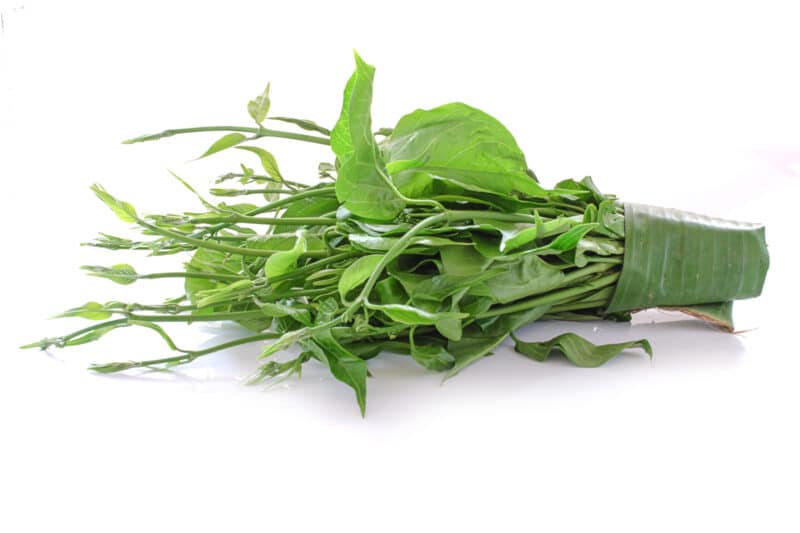
What Is The Best Glucose Disposal Agent (GDA)? – What is Gymnema sylvestre?
Gymnema sylvestre is a perennial woody vine that grows in tropical areas of India, Africa, and Australia. It has been used in traditional medicine for centuries for its anti-diabetic activities, as it has been shown to enhance glucose uptake and reduce the insulin resistance. It has also been shown to help to reduce weight gain on high fat diets and to lower serum levels of lipids, insulin and leptin, whilst decreasing adipose tissue (body fat) and liver inflammation (fatty liver stress)
What does the science say about Gymnema sylvestre?
Baskaran et al., (24) investigated the effectiveness of a Gymnema sylvestre (GS) supplement, in controlling hyperglycaemia in Type 2 diabetic patients on conventional oral anti-hyperglycaemic agents. GS was administered for 18-20 months as a supplement to the conventional oral medications. During GS supplementation, the patients showed a significant reduction in blood glucose, to the point that conventional medication dosage could be decreased. Five of the 22 diabetic patients were able to discontinue their conventional medication and maintain their blood glucose levels with GS alone. The authors suggest the effectiveness of GS may be due to the regenerated or repaired of beta cells in Type 2 diabetic patients on GS supplementation. This is supported by the appearance of raised insulin levels in the serum of patients after GS supplementation.
The results of a study by Kumar and colleagues (10) also demonstrated Gymnema sylvestre’s ability to enhance glucose uptake and reduce insulin resistance.
Zuñiga et al., (5) evaluated the effect of G. sylvestre administration on metabolic syndrome (MetS). A randomized, double-blind, placebo-controlled clinical trial was carried out in 24 patients, aged 30-60 years old with MetS. Patients were randomly assigned to receive G. sylvestre or placebo twice daily before breakfast and dinner for 12 weeks. The results showed supplementation with G. sylvestre produced significant decreases in bodyweight, BMI and very low-density lipoprotein (VLDL) levels.
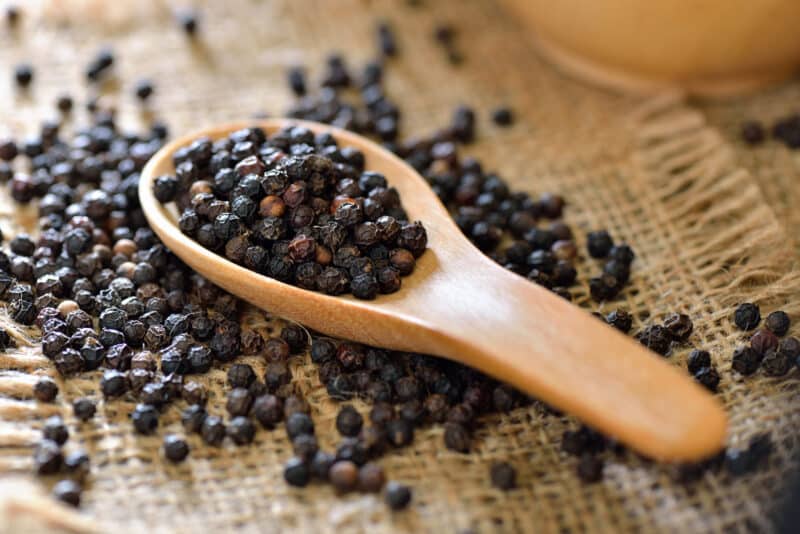
What Is The Best Glucose Disposal Agent (GDA)? – What is black pepper (95% Piperine)?
Piperine is a substance derived from black pepper. It has a long history of use in some types of traditional medicine, where its primary role is to enhance the bioavailability of other compounds, allowing them to be more easily absorbed by the body. Piperine has also been shown to provide other beneficial effects for health including helping to control blood glucose levels. Piperine in combination with a sub therapeutic dose of the diabetic medication metformin also showed better effect than a therapeutic dose of metformin alone.
What does the science say about black pepper?
Atal and colleagues (26) investigated the effect of piperine on blood glucose level in diabetic mice. Results of study showed that at 2 h post-dosing piperine showed significant rise in blood glucose level in comparison to the control group. However, in contrast, a significant blood glucose lowering effect was seen with piperine at a low dose. The authors suggest that the administration of piperine has statistically significant anti-hyperglycaemic activity while acutely it raises blood glucose at high doses. Piperine has also been shown to benefit exercise by regulating carbohydrate/fat metabolism (1).
With regard to piperines ability to enhance the absorption of other substances, a study by Shoba and colleagues found that it boosts the absorption of curcumin, the main constituent of turmeric powder, by up to 2000% (25).
What Is The Best Glucose Disposal Agent (GDA)? – What is Chromium Picolinate?
Chromium is an essential element that the body requires in trace amounts and is used as a dietary supplement. It is part of a molecule called chromodulin, which helps the hormone insulin perform its actions in the body. Chromium picolinate comprises the mineral chromium attached to three molecules of picolinic acid. It is absorbed better than standard chromium and for this reason, is commonly used in dietary supplements. It provides a number of health benefits including improving insulin sensitivity, the control of blood glucose levels and the control of blood lipid levels. Chromium levels decrease with age and while dietary chromium is poorly absorbed, chromium picolinate is the most effective form of chromium supplementation due to its greater bioavailability compared with other types.
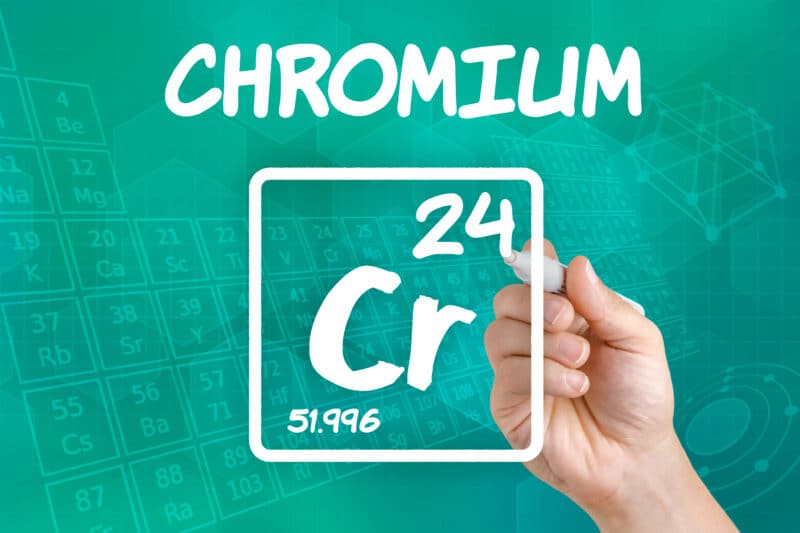
What does the science say about Chromium Picolinate?
Martin and colleagues (3) investigated the effect of chromium picolinate (CrPic) on insulin sensitivity, glycaemic control, and body composition in individuals with type 2 diabetes. Thirty-seven subjects were randomised in a double-blind fashion to receive either the sulfonylurea, (type 2 diabetes medication), plus a placebo or the sulfonylurea plus CrPic for 6 months. The results showed that those subjects taking sulfonylurea/placebo had a significant increase in body weight (2.2 kg) percent body fat (1.17%) and total abdominal fat (32.5 cm2versus 12.2 cm2) from baseline in comparison to those taking sulfonylurea/CrPic. Subjects taking sulfonylurea/CrPic also showed improvements in insulin sensitivity.
A review by Havel (27) investigated the role of chromium in insulin resistance and noted that various studies have demonstrated chromium’s ability to enhance the metabolic action of insulin and lower some of the risk factors for cardiovascular disease, particularly in overweight individuals. The author also noted that chromium picolinate, specifically, has been shown to reduce insulin resistance, improve blood glucose control, and to help reduce the risk of cardiovascular disease and type 2 diabetes.

In closing….
As we have seen in this article, the ingredients in Time 4 GDA have been shown to aid the uptake of glucose from the blood stream into the muscle tissue where it can be used immediately to fuel activity, or can be stored in the muscles and liver as glycogen to provide energy when needed later. They have also been shown to increase muscle cells sensitivity to insulin, thereby, reducing the need for high levels in the blood and helping to ensure that the carbohydrate we consume is used as fuel for activity, rather than stored as body fat. This also helps to reduce the risk of the health problems associated with high levels of glucose and insulin in the blood, such as diabetes and cardiovascular disease. Additional benefits of Time 4 GDA include promoting healthy blood lipid and leptin levels and reducing body fat. It is also gluten free and registered with the Vegan Society. While carbohydrate is a valuable energy source that fuels many functions of the body, from the activity of the brain to high intensity exercise, it can contribute to our fat stores if not metabolised effectively. This is where Time 4 GDA can give you an edge.
